A gravel bike is a bicycle designed for riding on unpaved roads. It is similar to a mountain bike but with narrower tires and a lighter frame. Gravel bikes are ideal for depending on rough terrains, such as dirt, sand, and rocks.
Read this article to have more information about what is a gravel bike and what to consider when buying one.
What Is A Gravel Bike?
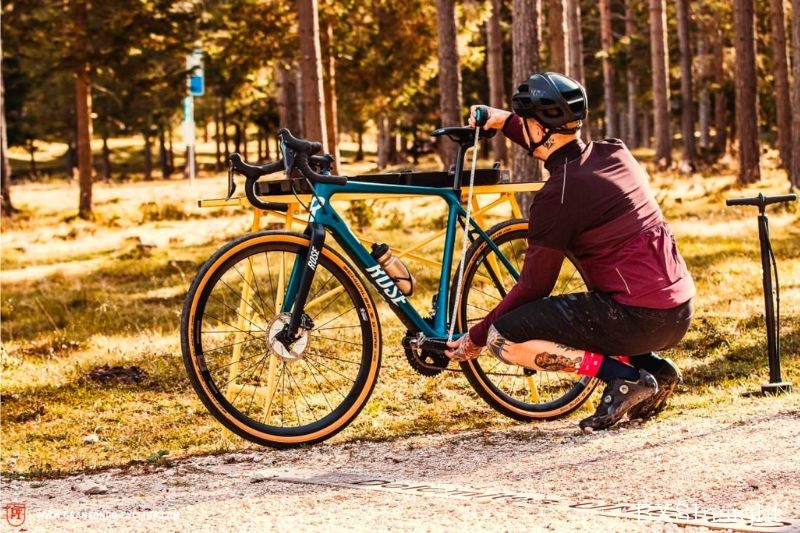
A gravel bike is a type of bicycle designed for riding on unpaved roads. It is a relatively new category of bicycle, with most models being released in the past few years.
Gravel bikes are similar to road bikes in many respects, but they typically have wider tires and a more robust frame. This makes them better suited for riding on rough or unpaved surfaces.
Gravel bikes typically have a number of features that make them well-suited for riding on unpaved roads. These include wider tires, a more robust frame, and, often, a suspension system.
Wider tires provide more stability and traction on rough surfaces, while a more robust frame can help to absorb vibrations from the road. A suspension system can further improve comfort and control on rough terrain.
Gravel bikes are an increasingly popular choice for riders who want to explore beyond the pavement. With their versatile design, they can handle a variety of terrain and provide a comfortable and enjoyable ride.
What’s It Used For?
Gravel bikes are often used for bicycle touring and are well-suited for long-distance rides on unpaved roads. They are also popular with cyclists who participate in cyclocross races, which are off-road races that typically take place on courses that include a mix of pavement and unpaved surfaces.
Gravel bikes are versatile bicycles that can be used for a variety of riding styles. Whether you enjoy exploring backcountry roads, racing cyclocross, or simply want a comfortable bike for riding around town, a gravel bike might be the perfect choice for you.
The History Of Gravel Bikes
Given their popularity, it may surprise you that the gravel is one of the most recent models to hit the market. Only a few years ago, the first gravel was created.
Salsa Cycles, a Minnesota-based company that designed the first gravel, was the first to do so. The Salsa Cycles team created the ‘Warbird bike‘ in 2012 after they realized that road and cyclocross bikes weren’t sufficient for gravel racing.
They wanted to create a bike that could do everything and include all the features required for gravel racing.
So, the Warbird bike was born. Since then, most gravel bikes have been a prevalent subtype of bicycles in the cycling community. They are also the most popular type of bike and the fastest-growing for many years.
How Have Gravel Bikes Changed Over The Years?
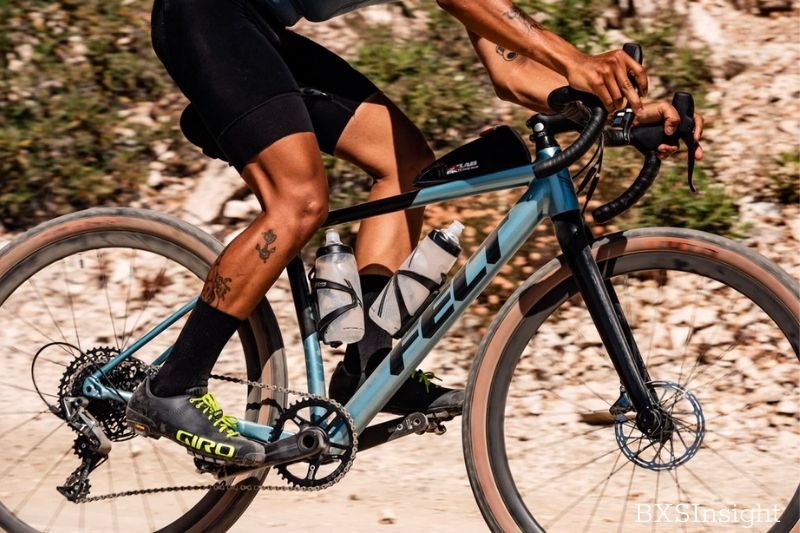
The Gravel has typically been a niche player in the bike market since its inception in 2012.
As we have already mentioned, gravel bikes are relatively new compared to more established models.
Although this type of bike hasn’t seen any significant changes in design since its conception, gravel manufacturers continue their growth and adaptation, offering more tire and gear options.
Main Features Of A Gravel Bike
Material For Frames
Like other bicycles, gravel bikes can be made of various frame materials. Aluminum and carbon are the most popular options.
Aluminum is a durable, affordable, and lightweight material used to build a gravel bike.
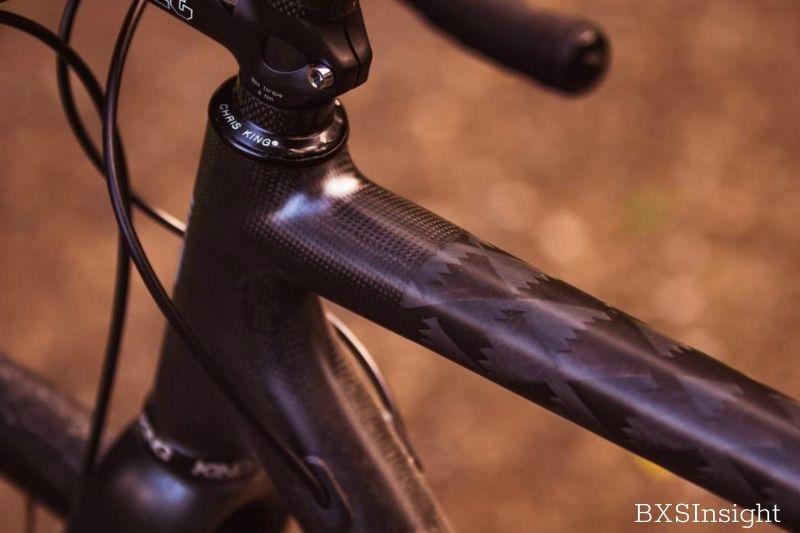
Carbon frames are lighter than aluminum frames. Carbon frames can be designed to provide more aerodynamic tube shapes and stiffness.
You’ll find other options than carbon and aluminum for your titanium gravel bike.
Geometry
A gravel bike looks similar to a road bike but is built for better off-road handling. This usually means a longer wheelbase, a shorter frame, and more stable angles for the forks and frame.
Cannondale uses its OutFront geometry for its Topstone gravel bikes. This is a result of Cannondale’s mountain bikes. It places the front wheel further forward than the rider for increased stability.
The gravel is more upright than a road bike and has a shorter head tube and reach.
This will allow you to ride longer and more comfortably and will enable you to shift your weight to overcome obstacles and off-road descents.
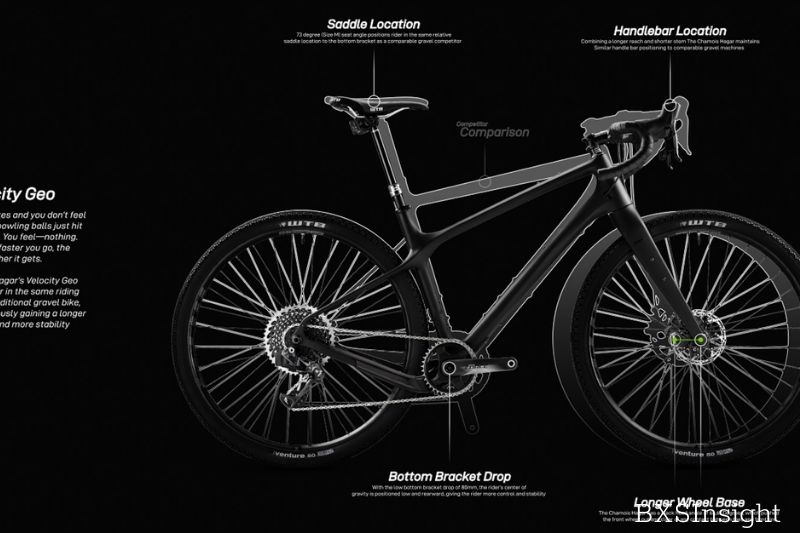
The frame tubes will be shaped to cushion the ride, especially in the rear triangle. Curved and flattened sections within the seat stays and chainstays will provide in-saddle comfort. A seatpost may also be designed to absorb vibrations.
Consider the terrain you will be using your bike, and choose a built bike to handle.
You’ll want to ride primarily on roads with occasional off-road tracks. If this is the case, you will need a bike that feels more like an endurance bike.
Many endurance road bikes come equipped with light-gravel riding tires.
You might prefer a bike that is more capable on off-road terrain. There are also machines with wider tires and smaller 650b wheels.
This is what we will be discussing suspension, dropper posts, and other features that are straight out of our MTB counterparts.
Tires
The tire width, usually 40mm, is an essential feature of gravel bikes. The tire size impacts how much technical terrain you can ride, more so than any other component of a gravel bicycle.
Gravel bike tires have more volume, so you can run lower pressures (40psi or below), which provides comfort and traction on uneven surfaces.
There will likely be a tread pattern to aid grip on slippery surfaces.
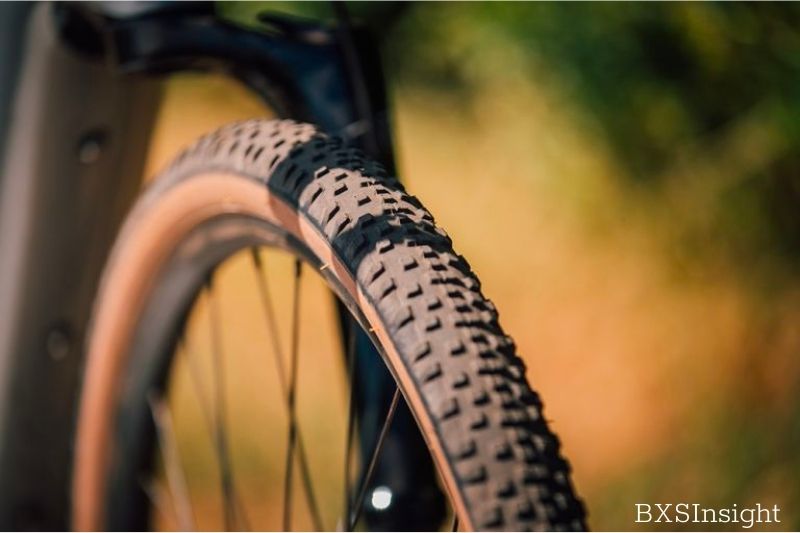
The conditions will determine how much tread you require. You may only require a light file or diamond tread for dry trails. However, mountain bike tires designed for winter tracks will need more aggressive patterns and side lugs to provide extra grip.
Most wheels and tires can be run tubeless (without an inner tube). This lets you keep your tire pressure down and avoid pinch flats (where the inner tube gets stuck between the tyre’s rim and the tire in a regular clincher setup).
The sealant in the gravel bike tires will withstand punctures caused by thorns, flants, and other factors. It forms a seal around small cracks in the rubber to prevent air from escaping.
A bike’s frame and fork blades will have enough space for oversized tires. This allows for extra handling of any mud they may collect. However, clearances can vary between bikes.
Wheels
There are two sizes of gravel bike wheels: 700c or 650b.
The 650b wheel has a smaller diameter and can be shod with wider tires for more traction. However, the wheel’s rolling diameter is similar to that of a road bike, which allows for comparable gearing and feels.
Many gravels are equipped with 700c wheels with tires and tires. You can swap to 650b later if you wish. However, increasing numbers of cycles come with smaller sizes out of the box, especially for bikes that are more focused on off-road riding.
Want to know more dimensions of the wheel? Read this guide: How To Measure Bike Wheel Size?
Disc Brakes
These disc brakes used on gravel bikes tend to have a fairly small rotor, making them lighter in weight. They use on modern road bikes and are a standard feature on gravel bikes. It was made possible by hydraulic disc brakes that can be used with drop-bar gear shifters.
Disc brakes provide consistent, effective stopping no matter the conditions – essential for gravel bikes – and plenty of space for wider tires for off-road riding.
Gearing
When it comes to gravel bike setup, gearing is crucial.
To tackle challenging terrain and steep climbs, you will need to use lower gears if you are going off-road. You can’t climb on slippery surfaces because of reduced grip. To avoid getting out of the saddle, spin up the gradient.
With a wide-range cassette, It should have at least a 50/34t compact-road chainset.

Super-compact chainsets, however, are common. Shimano’s GRX gravel set allows you to climb more challenging routes by reducing the chainring size to 48/31t and 46/30t, respectively.
A super-compact set of gears is recommended if you intend to ride your gravel bike off-road over technical or steep terrain.
Another popular option for gravel riding is single-ring groupsets.
The front derailleur is gone, and you can use just one chainring. This makes it simpler and less risky. A single chainset gives you the same range as a double one but with slightly more incredible jumps between gears.
A chainring will have alternating narrow and wide teeth. This, together with a clutched rear derailleur, helps to keep the chain in its place and keeps it running smoothly when it gets bumpy.
If you have trouble with bike chains, this article may help you: How To Fix A Bike Chain?
Mounts
A common feature of gravel bikes is the many mounts that can attach accessories or luggage.
Many gravel bikes come with mounts for mudguards and racks. This makes them great for commuters or winter riding.
For long rides, where water may be scarce, a typical set of mounting points will include bolts to attach a third water bottle underneath the down tube. These can be used to keep your hands free by holding a tool keg inside a bottle cage.
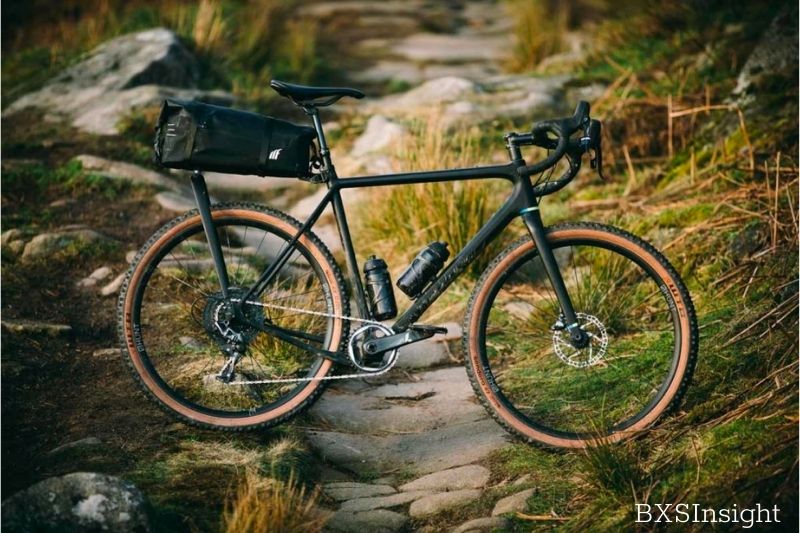
Some gravel bikes have mounts that allow for a feed bag to be placed on the bike’s top tube, just behind the stem.
Mounts for extra luggage or bottle cages can be found on the fork blades. Some bikes also have a mountain to mount a dynamo lamp on the fork crown.
Additional Features
Gravel bikes often have bars that flare to the drops. Flared drops offer additional stability and improve handling, especially when descending quickly.
You won’t need to reach too low for the bars.
Dropper seat posts are also helpful in descending off-road. They can be borrowed from mountain bikes.
A lever can control dropper posts at the lower bars or raise your saddle. This allows you to get out of the way when it is steep or rough.
You’ll increasingly see suspension features on gravel bikes. Cannondale Topstone Carbon’s suspension system, Kingpin, is built into the seat stays. It allows for up to 30mm movement. Topstone Carbon Lefty bikes feature a single-leg Lefty Oliver suspension.
Electric Gravel Bikes
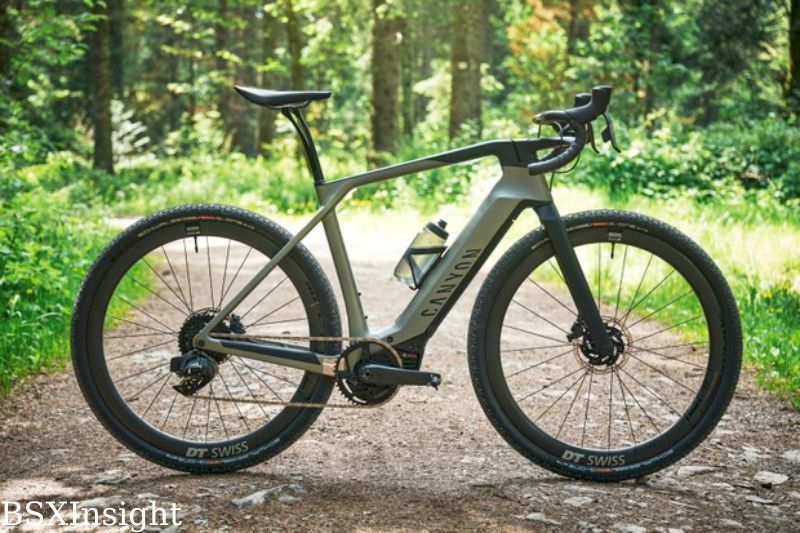
Electric gravel bikes are a new category of bike that has only recently gained popularity. These bikes are similar to traditional gravel bikes in many ways, but they have one key difference: they are equipped with an electric motor.
This motor gives the rider a boost of power, making it easier to tackle steep hills or ride for longer periods of time.
Electric gravel bikes are still relatively new, so there are not many manufacturers that offer them. However, there are a few companies that are starting to produce these bikes, and they are becoming more available.
Gravel Bike vs. Road Bike
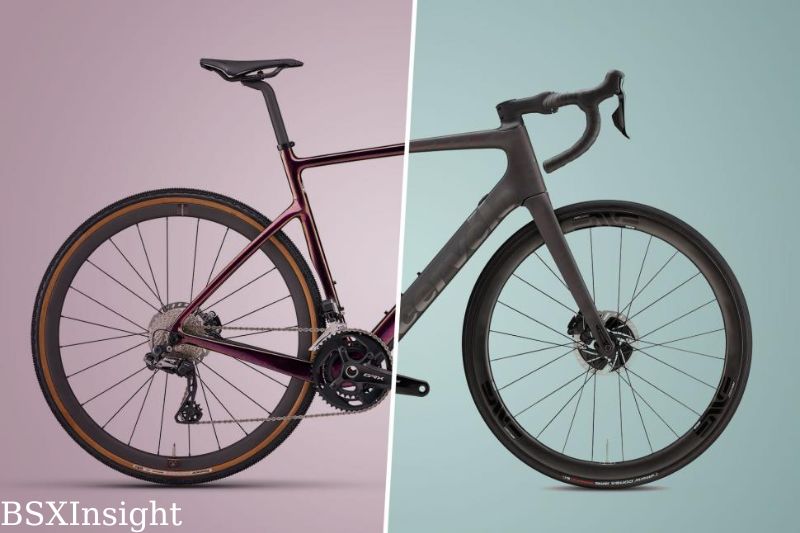
Gravel bikes are designed for riding on rough, unpaved surfaces. They have wider tires than road bikes, which makes them more stable and comfortable over bumps and potholes. They also usually have lower gear ratios, which makes climbing hills easier.
However, gravel bikes are heavier than road bikes and can be more difficult to handle on paved roads.
Road bikes, on the other hand, are designed specifically for riding on pavement. They’re much lighter than gravel bikes and have thinner tires, which makes them faster and easier to maneuver.
However, they’re not as stable as gravel bikes and can’t handle as much rough terrain.
Gravel Bike vs. Cyclocross Bike
A gravel bike is a type of bicycle designed for riding on unpaved roads. It is a relatively new type of bike, and its popularity has been growing in recent years. A gravel bike is similar to a cyclocross bike, but it is typically lighter and has wider tires.
Gravel bikes are often used for racing, but they can also be used for riding on trails or even commuting.
Some people see gravel bikes as a cross between road bikes and mountain bikes, and they can be a good option for people who want to ride on both paved and unpaved surfaces.
Cyclocross bikes are designed for racing on a variety of surfaces, including grass, dirt, and sand. They are typically heavier than gravel bikes and have narrower tires. Cyclocross bikes are not as popular as gravel bikes, but they can be a good option for people who want to race or ride on a variety of surfaces.
Gravel Bike vs. Mountain Bike
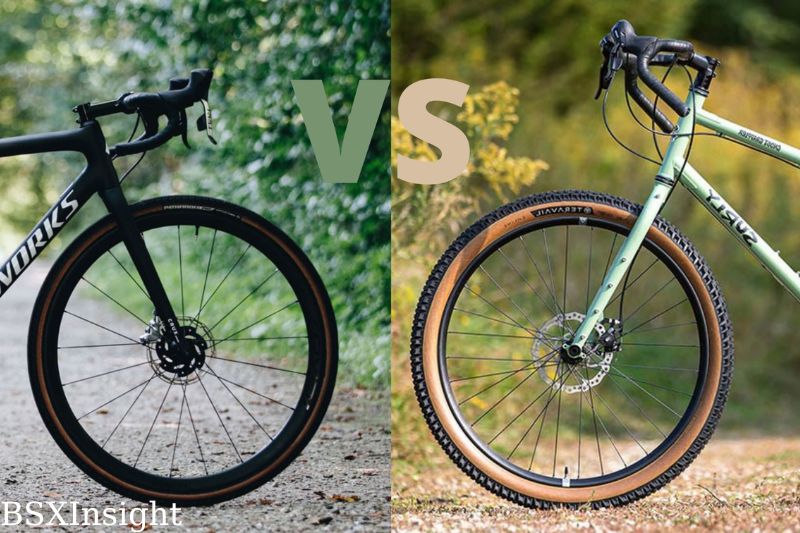
There are a few key differences between gravel bikes and mountain bikes. Gravel bikes are typically designed with more relaxed geometry than mountain bikes, which makes them more comfortable to ride for long periods of time.
They also have wider tires than mountain bikes, which helps them grip better on loose or uneven surfaces.
Additionally, gravel bikes often have lower gear ratios than mountain bikes, which makes them better suited for climbing hills. Finally, gravel bikes typically have disc brakes, while mountain bikes often have rim brakes.
Gravel Bike vs. Hybrid
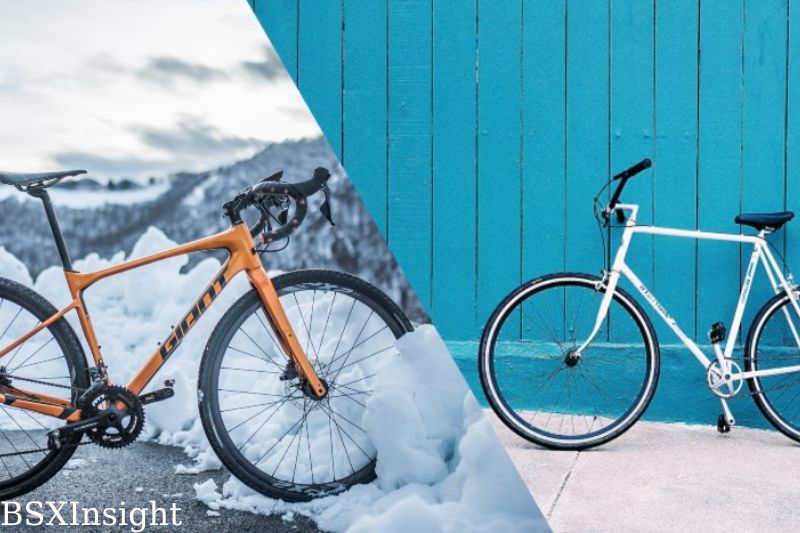
Gravel bikes and hybrids both have their own unique benefits that make them great choices for different types of riding.
Gravel bikes are designed for riding on rough terrains, such as dirt roads or trails, and they typically have wider tires than hybrids. This makes them ideal for riders who want to explore off-road routes.
Hybrids, on the other hand, are designed for paved surfaces and have narrower tires. They’re a great option for riders who want a bike that can handle both paved and unpaved surfaces but who don’t necessarily need the extra width that gravel bikes offer.
Who Should Use A Gravel Bike?
It isn’t easy to describe a typical gravel bike rider, as this bike is suited to many cyclists with different needs and abilities.
As we mentioned, versatility is the defining characteristic of these bikes. Therefore, gravel bike riders can be very versatile.
Gravel bikes are the best choice for cyclists who don’t want to be tied down by purchasing a bike. These bikes can handle many environments and make it easy for you to participate in many types of cycling events.

This bike is ideal for beginners who want to experience traditional and off-road biking.
G-gravel bikes are a favorite choice for those who love bike packing and multiday adventures. These bikes can be used on any road surface without damaging or wearing down the tyres.
It is an excellent option for commuters living in tight spaces. It’s great to have a bike that can handle a variety of terrains in places where space is limited.
Who Should Not Use A Gravel Bike?
Gravel bikes are not suitable for riders who have only one goal, as their primary purpose is to cross multifaceted terrains.
A road bike is the best choice for leisure riders who want a simple bike to commute on paved roads. A road bike is cheaper than a gravel bicycle, so don’t buy one if you aren’t going to use it all. While a gravel bike is a good choice if you want to ride in urban areas but still need a sturdy bike to handle extreme weather conditions. Suppose you have the money to buy one.
Benefits Of Gravel Bikes
Most riders find the advantages of gravel bikes to be more beneficial than the disadvantages. It is essential to consider both the benefits and drawbacks of this type of bike.
Among the best pros of this bike are:
- Adaptability
- Comfort
- Clearance sale to adjust tire size
- Sturdy rigid frames
- Great for bikepacking
Gravel bike riders love the versatility of their bikes, which can be used on a variety of trails. You can travel from gravel roads to mountain trails in one ride.
Risks Associated With Gravel Bikes
Be aware that a gravel bike can come with a steep price tag.
Their versatility is a plus for those who prefer to own one bike over multiple, saving you money down the line.
There are also safety risks, mainly because gravel bikes can be used on uneven terrain.
When riding your gravel bike, always wear your helmet.
If you plan to go on a long hike, tell someone where you are going and when you can expect them back. If you become injured or stranded along your journey, you can tell someone where you are.
Environmental Impact Of Using A Gravel Bike
Bicycling is an eco-friendly alternative to cars, as it reduces pollution from exhausts and during manufacturing.
Many green-conscious people choose to ride their bicycles over driving, especially in densely populated areas where smog can be a concern.
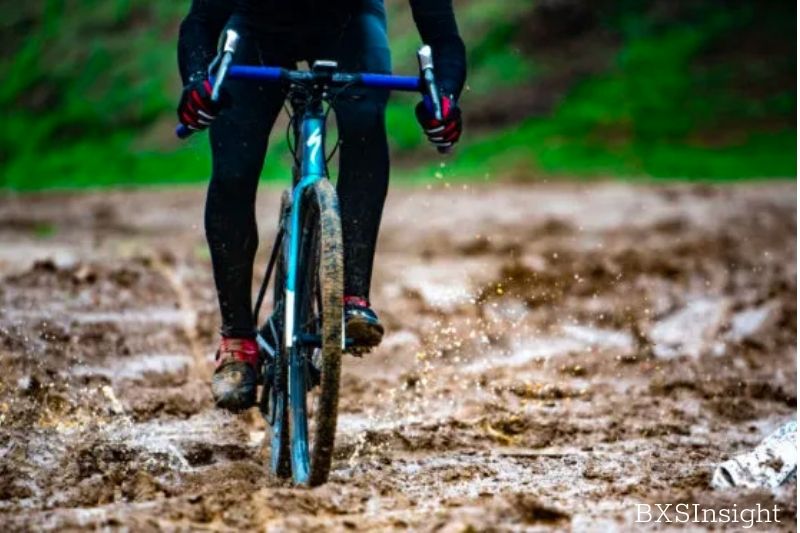
It is possible to arrive at your destination quicker by biking than by car in congested cities.
You can help nature thrive off-road by riding a gravel bike. However, it would help if you stuck to the trails and did not tear up the ground.
Is It Possible To Keep A Gravel Bike Functioning?
Regularly checking and maintaining the tire pressure on bikes are essentially to keep it running at its best. You should also be aware of the tread condition of your tires as they can be exposed to a variety of terrains over time.
As a rule of thumb, the more complex or softening the terrain, the lower your tire pressure should be.
You should also make sure your gravel bike is serviced once in a while and cleaned after each ride.
Is A Gravel Bike Required To Be Ridden In A Designated Area?
It can be used on rougher terrain, such as back roads that are bumpy or uphill and mountain trails.
It can handle most terrains thanks to its durable, thick tires. Casual and competitive cyclists can also use them.
Gravel bikes, a more agile, adaptable version of a bike hybrid, are better suited for commuting and gentle offroad riding.
What To Wear When Riding A Gravel Bike?
Safety and comfort are the most important aspects to consider when choosing an outfit for riding a gravel bicycle.
Because you’ll be spending hours on the saddle, this is important. You can choose to wear a loose-fitting or tighter cycling jersey. Whatever is most comfortable for you, it is the best choice.
For those problematic trails, knee pads and gloves can be a great addition to your protection. Protective cycling glasses are also recommended for riders who ride on loose gravel tracks.
These will prevent dirt and particles from entering your eye and stop your eyes from tearing up when you are trying to focus on the next course.
Don’t forget your helmet.
What Accessories Are Recommended For Gravel Bike Use?
You can make your gravel bike the best companion for adventure-seeking rides. Here are some accessories that you can purchase to make your journeys more seamless.
These could include but are not limited to a GPS and bottle cage, lights, the basics of a helmet and lock, and a tire pump.

A couple of waterproof frame bags are essential for anyone who plans to go bike touring, bike packing, or cycling with a gravel bike. They will protect your luggage and keep you dry while keeping your body light.
Many riders change their bars to suit their riding style (8-bar bikes).
FAQs
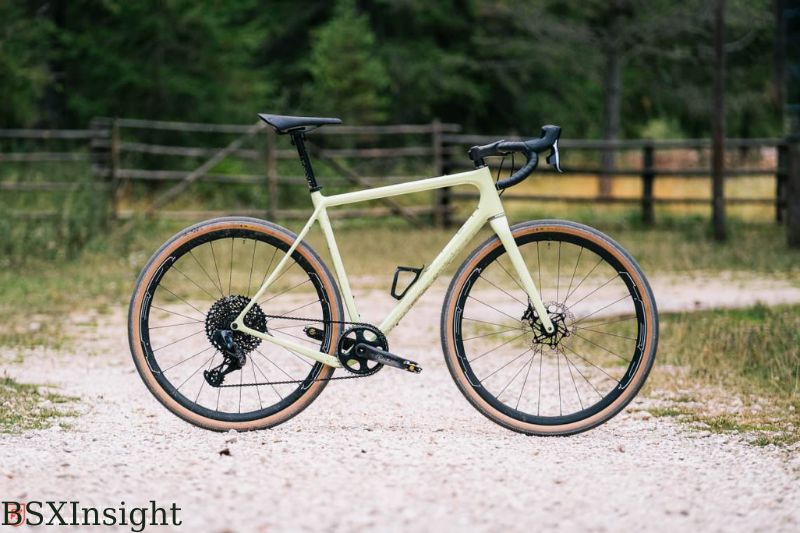
What are the best gravel bikes in 2023?
The most common wheel size on a gravel bike is 700c, which offers the best compromise between ride quality and speed. In contrast to the standard 700x28c wheels seen on most road cycles, the smaller 650b wheels found on some dirt bikes allow for the use of larger tires.
What is a trek gravel bike?
Gravel bikes are an excellent choice for a wide variety of cycling activities due to their adaptability. Broader tires and a wider range of gears make them doable on off-road trails, gravel, and fire roads, and they’re also fine for everything but the fastest of road riding.
Can I turn my mountain bike into a gravel bike?
Converting an old mountain bike hardtail into a gravel bike is a terrific way to get started in the hobby. They are readily available, cheap, and have a geometry that is surprisingly close to that of modern gravel bikes.
Conclusion
A gravel bike is a bicycle designed for riding on unpaved roads. It is a relatively new type of bike, and it is growing in popularity among cyclists who want to explore more places and depend on different types of terrain.
BSXInsight hopes this guide provides you with valuable information. If you have any comments, suggestions, or concerns, do not hesitate to add them in the comment section below.

